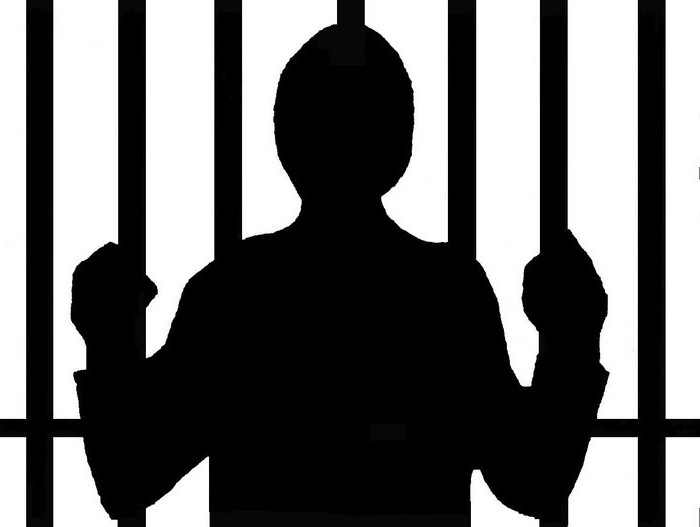The concept of crime, categories of crimes in science are not considered as abstract, unchanging and independent of anything. They are closely related to other social events that determine their appearance and subsequent existence. 
Crime concept
The categories of crimes that exist in the legal doctrine have a number of common criteria. Through them, the content of each act is revealed. A crime is any infringement of the freedoms and rights of a citizen and a person, property, public, state or personal security and order. Such behavior causes significant damage and disrupts social interactions in the country.
Content of acts
In science, certain signs of crime are distinguished. Categories of crimes are characterized by public danger. In this they differ from other behavioral acts of people. Intentions that contradict the interests of other entities that are not expressed by any actions or inaction, as well as the way of thinking and perception of a person are not a crime. Holding a person liable in such cases is regarded as a violation of personal and civil rights. Another sign of crime is unlawfulness.
Social danger
She acts as the main and main symptom of a crime. This situation is enshrined in law. Public danger is the ability of an act / omission to harm the interests protected by law. Such harm can be material (for example, during theft), physical (in case of injury), moral (in case of insult), organizational and managerial (in case of abuse of authority) and so on. Any category of crime is characterized by causing harm or creating such a threat. That is why the act is considered socially dangerous. 
Nature of the threat
It should be understood as a qualitative assessment of the social danger of a certain category of crime, which is described in the disposition of the article cited in the Special Part. The nature of the threat is determined by criteria that reflect the value of those goods in respect of which the assault is committed. These include:
- Danger of the method used to cause damage.
- The amount of harm.
- Conditions for causing damage.
- The form of guilt or its appearance.
In some cases, the personal qualities of the performer are also taken into account.
Hazard rating
By it is meant a quantitative assessment of the threat. The degree of danger is established by the judicial authority by determining the number of criteria given in the disposition of the article from the Special Part, the specific circumstances in which the act was committed. Mitigating and aggravating factors that are not related to dispositive signs are also of considerable importance. 
Personal qualities of the performer
They do not belong to the signs of the composition of an unlawful act, do not affect the degree of social danger. This is consistent with the constitutional principle of equality of citizens before the law, regardless of:
- Paula.
- Race.
- Place of residence / birth.
- Political beliefs.
- Property, social status.
- Nationality.
- Language and other things.
Qualities of a criminal type (for example, the desire to commit a second act - relapse) reflect the degree of social danger of the act itself and its executor. They are taken into account when choosing a punishment. 
Wrongfulness
It consists in the prohibition of the act specified in the criminal law, under pain of bringing to justice. This provision means that only those contained in the Code are recognized as unlawful conduct. In this case, you should pay attention to an important nuance. An act, even representing a significant public danger, will not be considered a crime if it is not specified in the Criminal Code. For example, a citizen has arrogated to himself the property found. Such an action will not be recognized as a crime, although it is characterized by a certain degree of public danger, since, on the one hand, it acts as illegal enrichment, and on the other, it causes damage to the victim. Thus, wrongfulness indicates the dependence of criminalization of behavior on the law.
Categories of crimes of the Russian Federation
The criminalization of the subject’s behavior does not mean that the degree and nature of the danger of an action or inaction is always the same. In fact, they can differ significantly for certain acts. This, in turn, gives rise to differences between punishments and other measures of influence. The classification of categories of crimes of the Criminal Code of the Russian Federation acts as a legal tool to take into account the nature and degree of social danger. It is enshrined in Art. 15 of the Code. In addition to the degree and nature of social danger, the classification uses such criteria as guilt. 
Severity
According to this criterion, four categories of crimes are distinguished:
- Light weight. This group includes reckless and intentional acts for which the current legislation provides for the maximum punishment - imprisonment of up to 2 years.
- Moderate Such crimes are deliberate acts for which the maximum punishment is not more than five years in prison. This group also includes imprudent behavior, for which the Code provides for imprisonment of more than 2 years.
- Heavy. For such crimes, the law provides for no more than 10 years in prison.
- Particularly severe. Such are deliberate acts for which the subject who committed them faces more than ten years of imprisonment. The Code also provides for a more severe punishment, up to life imprisonment.
In the first two cases, the categories of crimes include both reckless and intentional behavior, and in the last two cases only those that are committed with intent. 
Other criteria
What other crime categories exist? The Criminal Code divides unlawful and socially dangerous acts depending on the object of the attack. So, behavior can be aimed at violating the integrity of the person, economic stability, public safety and order, and so on. The categories of criminal offenses are also distinguished depending on the form of guilt:
- Careless.
- Intentional.
In practice, to resolve the issue of the application of punishment, the classification enshrined in Art. 15 (crime categories by severity).
Application features
Categories of crime are relevant in establishing a dangerous and especially dangerous relapse. Based on the classification, the basis for the application of responsibility for such a type of unfinished act as preparation for the commission of an unlawful behavioral act is determined. Punishment is provided only for planning a serious and especially serious crime. This provision is recorded in Art. 30, part 2 of the Code. Classification into crime categories is also considered as a criterion for identifying one of the most dangerous forms of complicity - the criminal community (organization). Features of this type of unlawful actions are established in Art. 35, part 4 of the Code. The criteria formulated in Art.15 for a particular category of crimes are taken into account when sentencing convicts in the form of imprisonment in a correctional institution, life in prison. They also act as one of the conditions for the removal of responsibility from the person. These criteria are taken into account in the process of solving other issues of the criminal law sphere. 
The use of four-element classification in the laws of other countries
Categories of crimes of the Criminal Code of the Russian Federation are reflected in the codes of other countries. So, for example, in the legislation of the Republic of Belarus illegal acts are classified as not representing a significant social danger, especially or less serious and serious. In the Criminal Code of Ukraine the division into categories of crimes is similar to that given in Art. 15 of the Criminal Code.
Other systems
The criminal legislation of some countries uses a two- or three-element classification. For example, in the Code of Poland, unlawful acts are divided into serious and misconduct. In the Criminal Code of Germany, the division is the same. Moreover, an unlawful act is recognized as a crime, the commission of which provides for the deprivation of liberty for at least a year or more. Acts are considered behavioral acts for which a lenient measure is applied to the subject or a fine is imposed on him. The Criminal Code of Spain also divides unlawful acts into misconduct and crime. The latter are also classified as severe and less severe. Depending on this, a stricter or milder punishment is assigned. The Latvian Code also establishes a division into misconduct and crime. The latter are classified into three categories: especially and less severe and severe.
